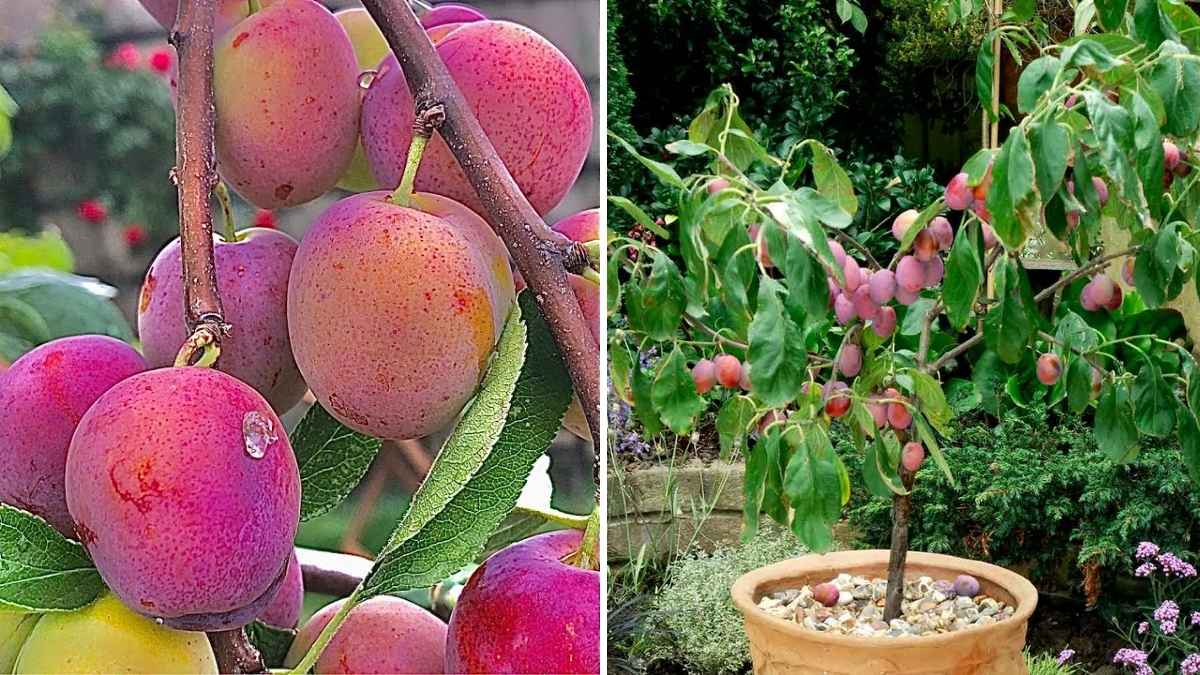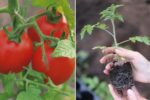Growing plum trees on a balcony might sound unusual, but it’s absolutely possible and surprisingly rewarding. You don’t need a large garden or fancy tools to enjoy the sight of beautiful blossoms in spring and juicy fruits in summer. With the right container, soil, and care, plum trees can thrive even in small urban spaces.
This guide will walk you through everything you need to know to grow healthy, fruit-bearing plum trees right on your balcony.
Understanding Plum Trees
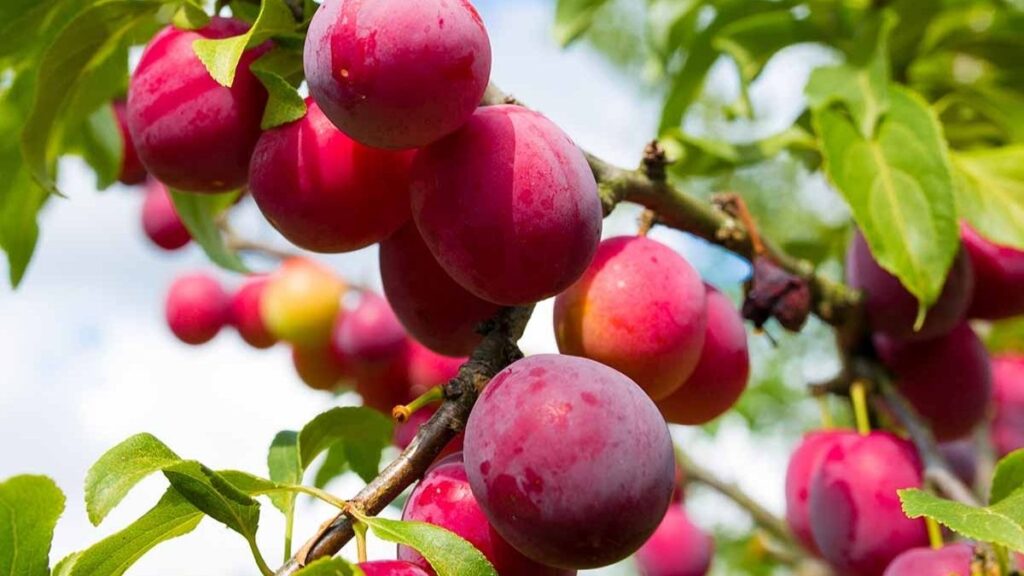
Plum trees belong to the Prunus family, the same group as cherries and apricots. They come in two main types: European and Japanese. European varieties, like ‘Stanley’ or ‘Blue Damson,’ are more cold-tolerant, while Japanese plums, such as ‘Santa Rosa’ and ‘Satsuma,’ love warmer climates.
When grown in containers, dwarf or semi-dwarf varieties work best. They stay compact, produce well, and are easier to maintain. You can even grow them as decorative plants because their spring flowers and glossy leaves add a natural charm to any balcony.
Choosing the Right Variety
If you want to grow plums in a pot, choosing the right type is the most important step. Dwarf varieties are perfect because they don’t grow too tall and adapt well to containers.
Some of the best options for container growing include:
- Dwarf Santa Rosa: A self-pollinating variety with sweet, reddish fruits.
- Stanley Plum: Ideal for cooler areas and great for making jams.
- Beauty Plum: Early ripening and suitable for small spaces.
Try to pick a self-pollinating variety so you don’t need two trees for cross-pollination. However, if space allows, growing two different varieties can increase fruit production.
Selecting the Right Container
The container you choose plays a big role in how well your tree grows. A plum tree needs space for its roots to spread, so use a large pot at least 18 to 24 inches deep and wide. The container should have several drainage holes at the bottom to prevent waterlogging.
You can use terracotta, ceramic, or high-quality plastic pots. Terracotta pots look attractive and allow the soil to breathe, but they dry out faster. Plastic containers retain moisture longer and are easier to move, which can be helpful if you need to shift your plant during extreme weather.
Preparing the Soil Mix
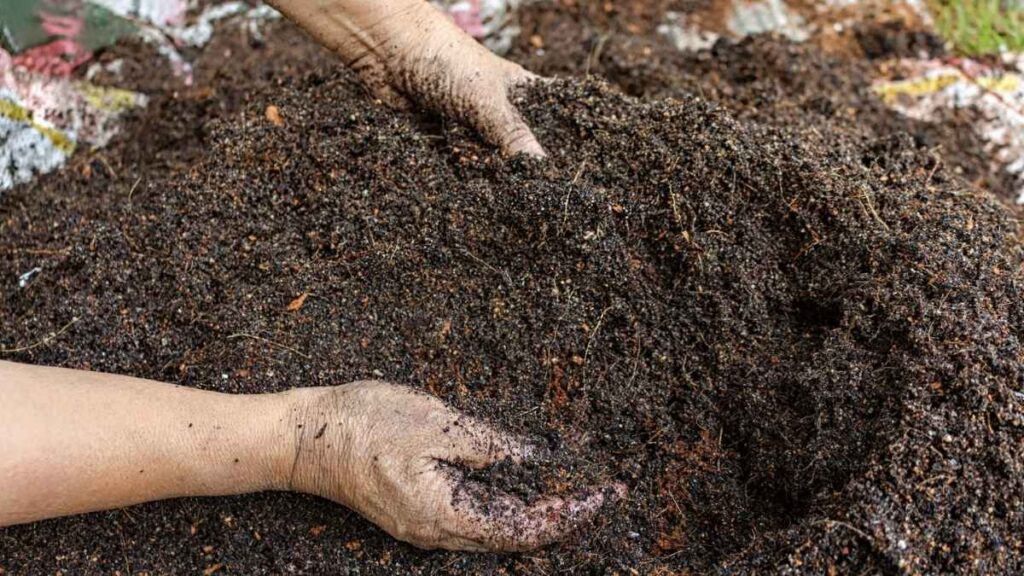
Plum trees prefer well-draining, fertile soil. You can create a good mix using equal parts garden soil, compost, and coco peat or perlite. This combination ensures the soil stays moist without becoming soggy.
Before planting, add some organic fertilizer or well-rotted manure to the mix. It provides essential nutrients for early growth. Avoid heavy clay soil because it retains too much water and may lead to root rot.
Planting the Plum Tree
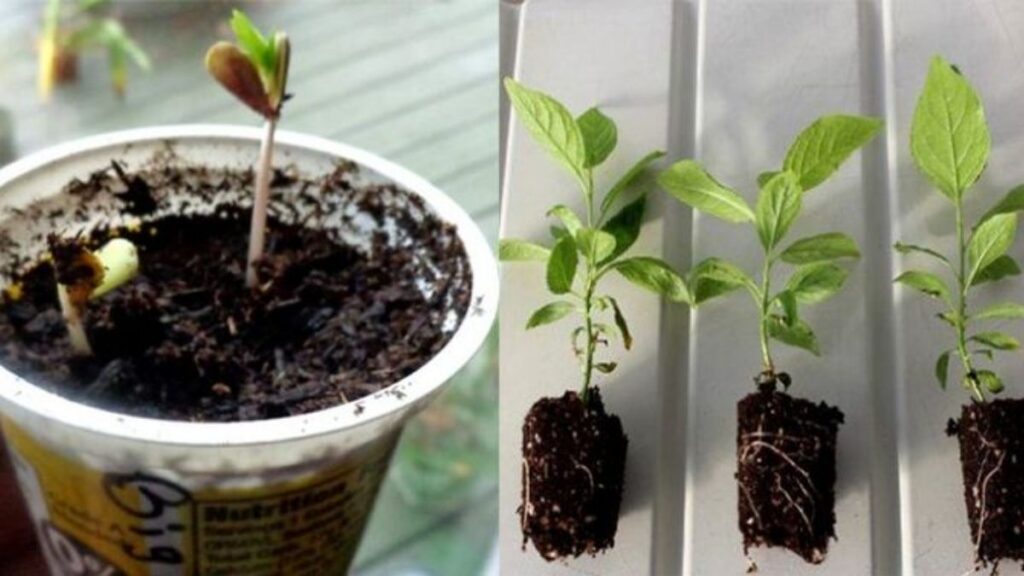
Start by filling two-thirds of the pot with your prepared soil mix. Place the plum sapling or young tree in the center, making sure the roots are spread out evenly. Fill in the rest of the soil and press it gently around the base. Keep the soil level just below the rim of the container to make watering easier.
After planting, water thoroughly so the soil settles around the roots. If you’re planting a bare-root tree, soak the roots in water for a few hours before placing it in the pot. This helps the plant absorb moisture and reduces transplant shock.
Providing Sunlight and Water
Plum trees love sunlight. Place your container where it can get at least six to eight hours of direct sunlight each day. Without enough light, the tree will grow slowly and produce fewer fruits.
Water the tree regularly but avoid overwatering. The soil should stay evenly moist, not soaked. In summer, you may need to water more often, while in cooler months, once or twice a week may be enough. Always check the top inch of soil—if it feels dry, it’s time to water.
Feeding and Fertilizing
A potted plum tree depends entirely on you for nutrients. Start feeding it a balanced, slow-release fertilizer in spring when new growth appears. You can also use liquid organic fertilizers like compost tea or fish emulsion every few weeks during the growing season.
Once the tree starts flowering, switch to a fertilizer that’s higher in potassium and phosphorus. This helps in producing better fruits. Avoid overfeeding with nitrogen-rich fertilizers, as they promote leafy growth instead of fruiting.
Pruning and Shaping
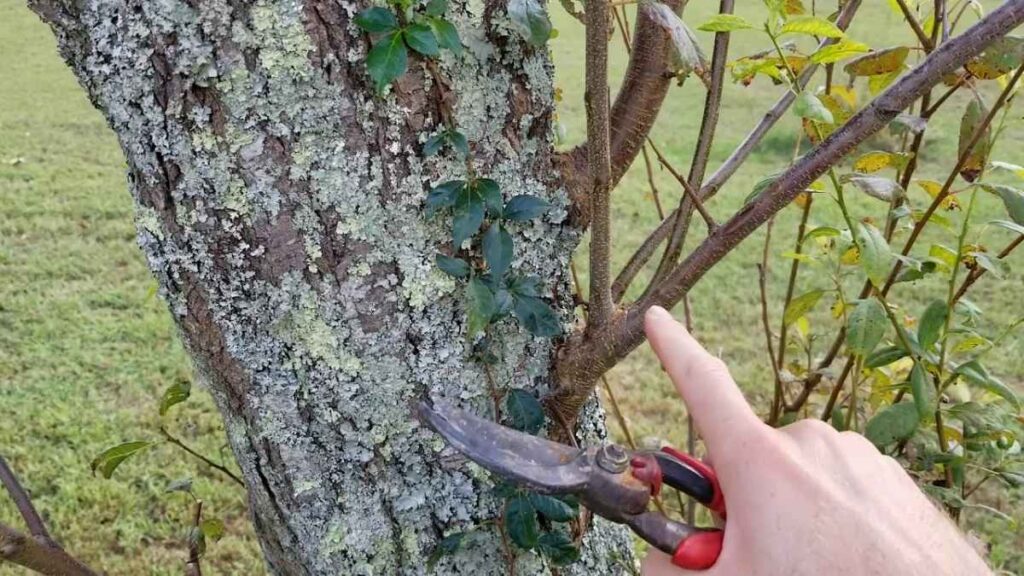
Pruning is essential to keep your container-grown plum tree healthy and productive. The best time to prune is late winter or early spring, before new growth begins.
Remove any dead, weak, or crossing branches to improve air circulation. Also, trim the top if the tree grows too tall for your space. A well-shaped tree not only looks neat but also receives more sunlight on all sides, which encourages better fruiting.
If you’re growing a dwarf variety, regular light pruning is enough to keep it in shape.
Pollination and Flowering
Most plum trees flower beautifully in spring, filling your balcony with a sweet fragrance. If you’ve chosen a self-pollinating variety, the flowers will develop into fruits on their own. But if you have two trees of different varieties, bees and insects will help with cross-pollination.
You can even hand-pollinate by gently brushing pollen from one flower to another using a soft paintbrush if there aren’t many pollinators around.
Protecting from Pests and Diseases
Container-grown plums are generally less prone to pests than garden trees, but they can still attract aphids, scale insects, or fruit moths. Keep an eye on the leaves and stems. If you notice any small insects or sticky residue, spray the plant with neem oil or a mild soap solution.
To prevent fungal infections, avoid overhead watering and make sure the plant gets enough air circulation. Removing fallen leaves and keeping the area clean also helps prevent diseases.
Harvesting Your Plums
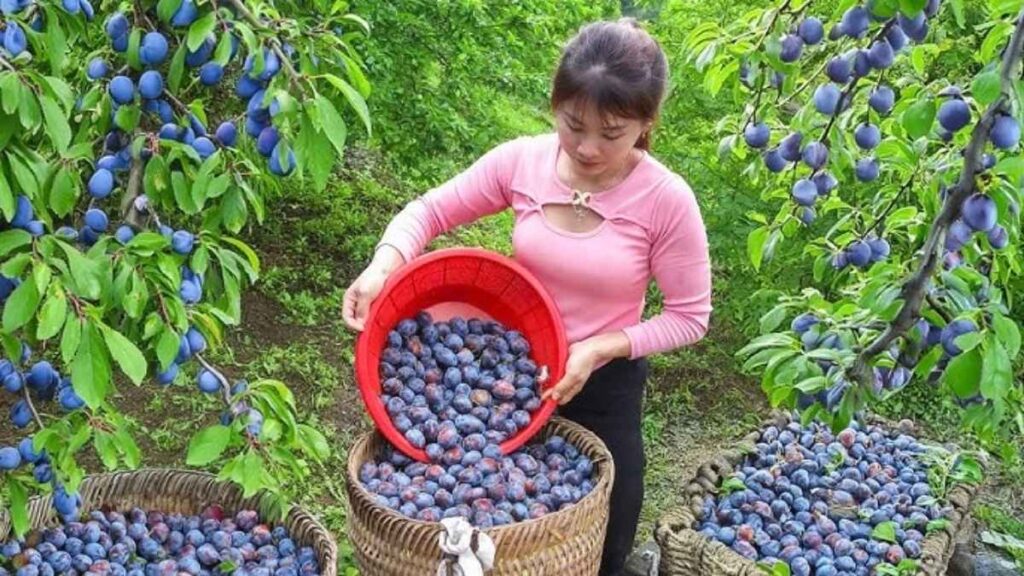
Depending on the variety, plums are usually ready for harvest in mid to late summer. The fruits are ripe when they feel slightly soft and have developed a rich color. Gently twist or pick them from the branch they should come off easily.
Freshly picked plums are juicy, sweet, and full of flavor. You can eat them right away or use them to make jams, desserts, or even homemade juice.
Winter Care
If you live in a region with cold winters, move your plum tree to a sheltered spot when temperatures drop below freezing. You can wrap the pot with burlap or insulation material to protect the roots. The tree will naturally go dormant in winter, so reduce watering during this time. Once spring arrives, resume regular care and feeding.
Final Thoughts
Cultivating plum trees in containers is a beautiful way to bring nature to your balcony. It doesn’t take much space, and the results are both decorative and delicious. With the right variety, proper sunlight, and regular care, you can enjoy fragrant flowers and sweet fruits even in the heart of the city.
Growing a fruit tree from your balcony connects you to nature in a special way. Every blossom and every ripened plum becomes a small reward for your patience and love. So, pick your pot, choose your tree, and start your balcony orchard today.

